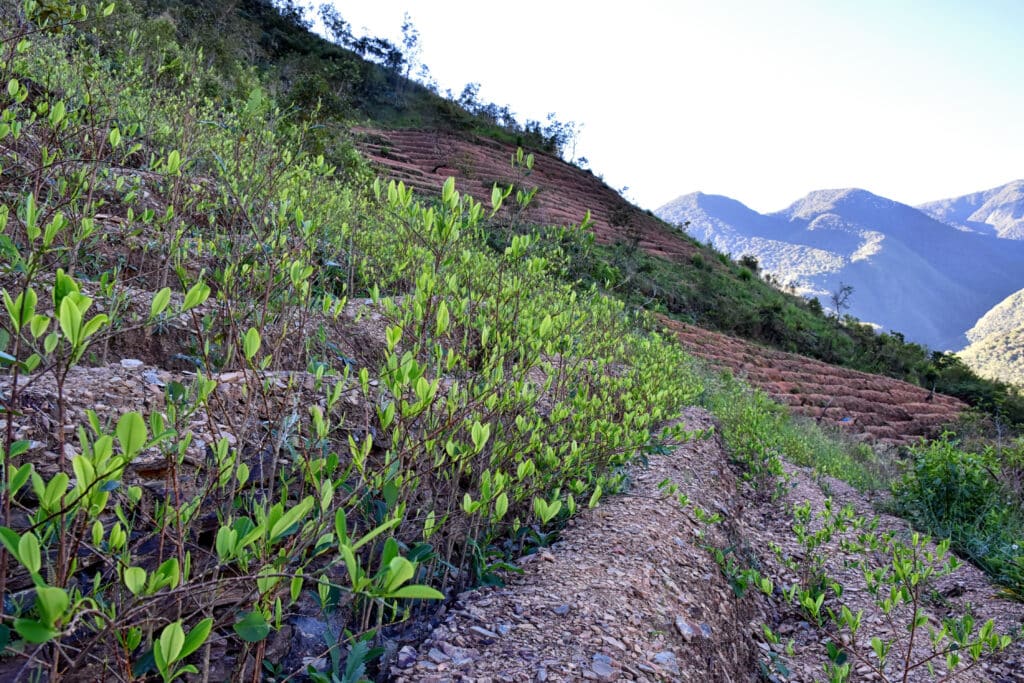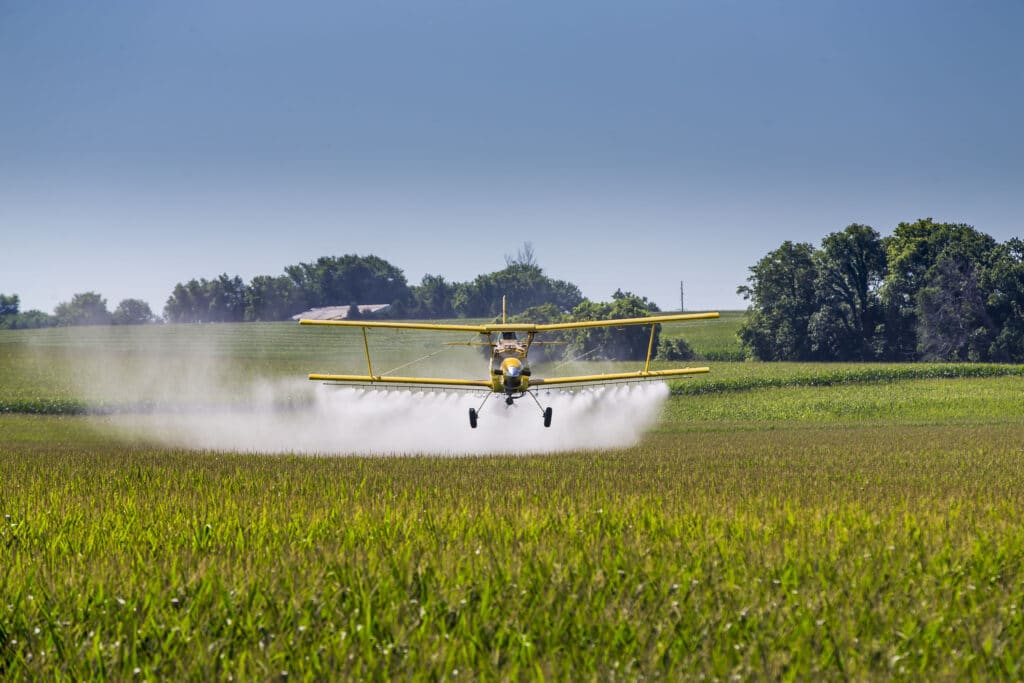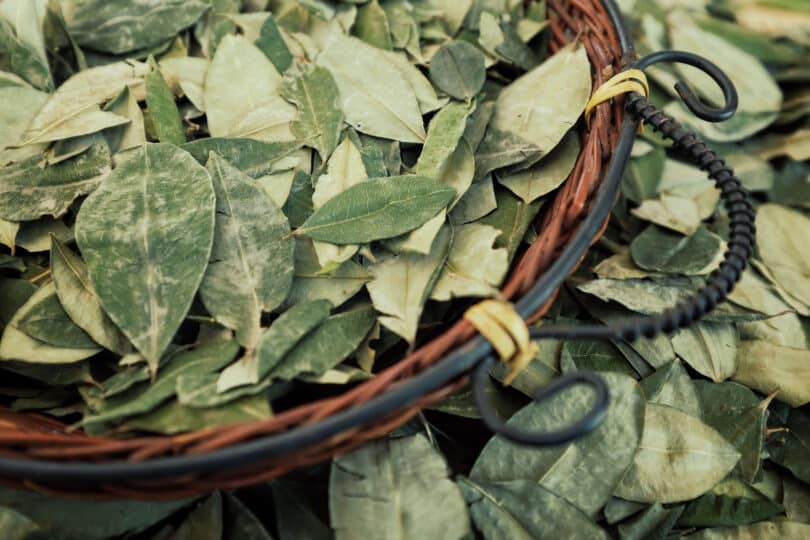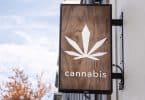While story after story comes out about Colombia and the dangers of a cocaine market; a greater reality exists in Bolivia, which has had legal coca cultivation since 1988.
Bolivia and coca
Bolivia stands as an interesting example of how a legal coca industry, does not need to ruin a country. And how it can actually benefit one. Bolivia not only chose to legalize coca – the plant used to make cocaine, and create a regulated market; but maintained this despite years of US attacks and smear campaigns. Today, coca legality stands, and Bolivia has a murder rate below that of the US.
In Bolivia, the coca plant is a part of local tradition and culture. The leaves have been chewed on for thousands of years for medicinal benefit; and there aren’t issues associated with this. The plant is regulated under Law 1008, aka the Coca and Controlled Substances Regime Law. This passed in July 1988, under President Víctor Paz Estenssoro. The law bans the ability for using defoliants, herbicides, and any aerial spray to get rid of coca crops. This does not mean, however, that coca can be grown at will. There is a legal process, and only certain designated areas; which never happened before US intervention.
According to the original law, several zones allow the production, as they have been traditional production zones through history. These are only small plantations. The law also specifies a zone of large production. These zones can be made to substitute crops, or eradicate plants; but when these actions are done, the farmers are compensated. Apart from these areas, it is illegal to grow coca, and any crop eradication, is not met with compensation.

In 2004, this was modified. An agreement between then president Carlos Mesa, and cocaine growers; led to the ability for farmers already growing coca, to keep 1600m2 per family. This was stepped up in a 2009 referendum, after the The Constituent Assembly for the years 2006-2007, added a constitutional article about growing coca. According to the referendum that officially approved Article 384:
“The State shall protect native and ancestral coca as cultural patrimony, a renewable natural resource of Bolivia’s biodiversity, and as a factor of social cohesion; in its natural state it is not a narcotic. Its revaluing, production, commercialization, and industrialization shall be regulated by law.”
Why did Bolivia do this?
Bolivia began eradicating coca crops in 1983, because of international pressure from the US; which didn’t like that coca can be used to make cocaine. This created a huge amount of controversy; as coca plant farming provides subsistence to so many farmers; and the plant itself is so embedded in culture. Not only was the country not really affecting the overall production and trade with its efforts; but it was making it more difficult for residents to survive. In 2009, the UN reported that Bolivia was the third largest coca producer, with 30,900 hectares of crops. That’s a lot of farmers.
Eradication is based on the idea of cocaine, not on coca. The coca plant is an innocent natural plant, with plenty of medical benefits. It has a mild stimulation property, something not effectively different from caffeine. Does this mean if someone developed a hard drug by using green tea leaves tomorrow, that there would be a push to eradicate green tea as well? Judging from opium, cocaine, and sassafras; seems like it!
Prior to making a 180° turn on all this, Bolivia signed a deal with the US in 1987. This agreement allocated $72.2 million USD to crop eradication efforts; making clear that this entire episode starting in 1983, was because of US pressure. The $72 million was meant for eradication programs only between 1988-1991. This agreement led to a price drop of 88% on coca in Bolivia.
As Bolivia continued trying to eradicate crops, the price for crops locally increased, which increased desire to grow the plant. Originally, eradication plans were set to provide farmers who lost their crops, with $2,000 USD per hectare of destroyed crops. By 1988, only one region allowed legal growing of the plant, in the Yungas region, and only of 1200 hectare. In 1989, the government began trying to substitute coca, with legal crops like coffee and fruit. Even now, eradication continues, but alongside legal production.

US response
Coca eradication in Bolivia had nothing to do with Bolivian desire to eradicate the crops. This was all related to the US not wanting an illicit cocaine market. As Bolivia changed tack, and decided not to make coca completely illegal, the US attacked. Quite literally. Though the US likes to espouse the ideas of freedom, and free governance for all countries; it rarely acts that way, and Bolivia is a great example. After all, regardless of the existence of any market in the US, the US should not be telling another country what to do. Yet, starting in the mid-80’s, that’s exactly what the US tried to do.
By 1987, anti-drug teams started arriving in Bolivia. By May of that year, people started to die over the controversy, which started in the city of Parotani. By June, this led to large protests over those deaths, with as many as 20,000 people taking part. By 1988, coca growers were introducing their own laws, which led to the “General Law of Coca.” This was rejected, which spawned coca growers to block highways to the east and west of Cochabamba.
These new protests ended with 12 coca grower deaths in the Villa Tunari massacre, in June of 1988. The following month, Law 1008 passed. This, of course, did not stop the US from trying to intervene; and the DEA kept a heavy presence in the country. In 1991 there were marches against forced eradication; something that wouldn’t exist without the US still trying. Nor would a guy like Hugo Banzer likely make it into office ‘legally’ without US support.
Banzer’s government, and the Plan Dignity program which forced eradication measures, created deadly interactions between coca growers and military police. Yes, military police were called in to fight the growing of a basic plant. Yet, somehow, the guy stayed in office until 2001. Of course, the same guy was in power from 1971-1978, as the head of a military dictatorship; so it suffices to say he wasn’t exactly the sort to care about legalities in office. He was very much into fighting drug trafficking, something relevant once again to US desires, not Bolivia.
In 2005, when Evo Morales took over the presidency, he reduced the amount of forced eradication (remember, its now been legal again since 1988, which makes all of the eradication efforts, unnecessary). In 2008, he finally dismissed the DEA from Bolivia. He was subsequently the target of a sting operation in 2015, called “Operation Naked King.” That’s how much the US government didn’t like not being able to control Bolivia. The US did not net a win, luckily, and Bolivia continues to allow the legal cultivation of coca.
Is Bolivia super dangerous?
No! It’s got a murder rate less than the US. For all the fear-talk out of the US, and by organizations like the UN, none of it ever made sense. It’s why the idea that cocaine is the reason for all the violence in Colombia, becomes a perhaps outdated lie. Colombia was treated horribly during hundreds of years of colonization; which is way more likely the reason for the current trends toward violence. Bolivia proves a coca industry does not lead directly to violence.

This isn’t to say Bolivia stands as the most safe country, but it’s certainly not in the bad category. Colombia is, with a recent murder rate of over 26 per 100,000. Mexico is in the same boat with over 25 per 100,000. What’s the US rate? A little over 6 per 100,000. Countries like the UK and France have much lower rates, approximately only 1 per 100,000. And Bolivia? 3.49 in 2022, making it far safer than the US, and most other South American countries.
Bolivia had a higher murder rate in 2012 (12.2), when the DEA was still operational in the country, and still trying to push forced eradication. Since the US has been out of the country, the crime rate dropped substantially. Historically, Bolivia isn’t mentioned much in terms of crime; indicating it was US involvement over coca, which actually increased the overall violence in the country.
It seems the worst thing Bolivia did in recent history, was allow itself to be pressured by the US government. The best thing it did for itself, was removing the DEA from the country in 2015. It should be remembered that Bolivia does not actually allow cocaine; and that all this upheaval was not due to cocaine, but just the regular coca plant.
Conclusion
Bolivia stands as a great argument against US involvement in anything; as well as the ability for a legal coca market without mass violence. And just in case you were thinking Bolivia is the only country to allow this, think again. Not only is it legal to grow coca in Peru, its also legal to have cocaine up to two grams. As of 2021, Peru’s murder rate was only 3.9, just like Bolivia.
Hello drug aficionados! You’ve made it to Cannadelics.com; where we provide independent news reporting on the world of drugs; with a particular focus on cannabis and hallucinogens. Check in with us regularly for updates; and get yourself subscribed to the Cannadelics Weekly Newsletter; so you’re never late to get the news.









